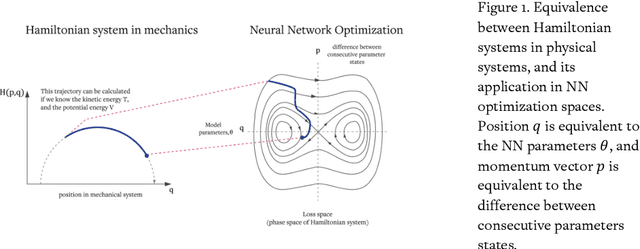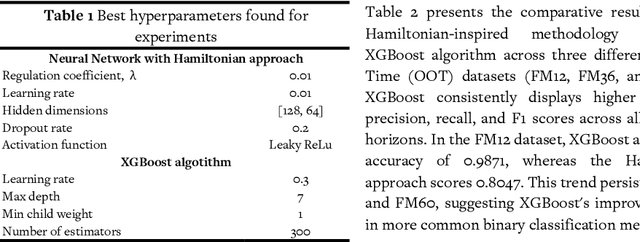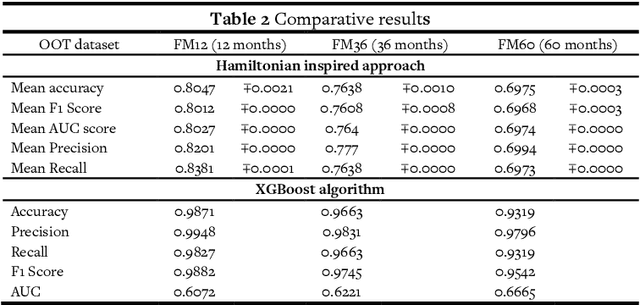Hamiltonian Neural Networks for Robust Out-of-Time Credit Scoring
Paper and Code
Oct 14, 2024


This paper introduces a novel Hamiltonian-inspired neural network approach to credit scoring, designed to address the challenges of class imbalance and out-of-time (OOT) prediction in financial risk management. Drawing from concepts in Hamiltonian mechanics, we develop a symplectic optimizer and a new loss function to capture the complex dynamics of credit risk evolution. Using the Freddie Mac Single-Family Loan-Level Dataset, we evaluate our model's performance against other machine learning approaches. Our method shows superior discriminative power in OOT scenarios, as measured by the Area Under the Curve (AUC), indicating better ranking ability and robustness to class imbalance. The Hamiltonian-inspired approach shows particular strength in maintaining consistent performance between in-sample and OOT test sets, suggesting improved generalization to future, unseen data. These findings suggest that physics-inspired techniques offer a promising direction for developing more robust and reliable credit scoring models, particularly in uncertain economic situations.
 Add to Chrome
Add to Chrome Add to Firefox
Add to Firefox Add to Edge
Add to Edge